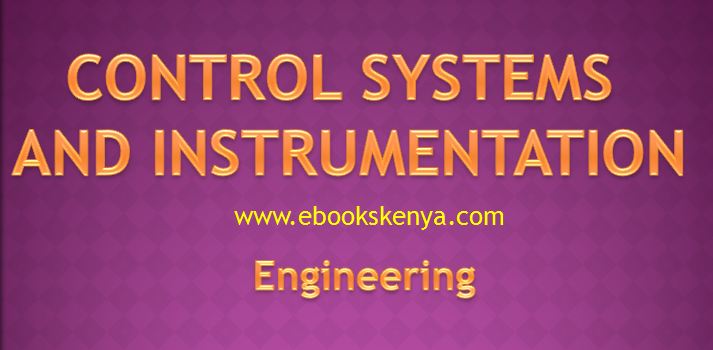
Introduction:
Engineering control systems are used for the control of physical quantities such as temperature, flow rates, liquid levels, chemical composition, speed of prime movers, position of ships and aircrafts, radar guidance, and machine tool operations.
Control system elements include various physical quantities measuring devices, springs levers, gears, valves, gyroscopes, compressors, accumulators, bellows, motors, resistors, relays, transistors among others. Transducers which convert such quantities into electrical signals are commonly used and the microprocessor is involved in the sophisticated control of medical equipment, engine ignition systems and domestic appliances.
The instructional approach will lay emphasis on demonstration, industrial visits, practical and project work.
TOPICS COVERED:
Temperature Sensors
- and Transducers
- Temperature Sensors and Transducers
- Operation of Temperature Sensors and Transducers
- Test on temperature sensors and transducers
- Assembly of temperature sensors and transducers
Level Sensors and Transducers
- Level Sensors And Transducers
- Operation of level sensors and transducers
- Test on level sensors and transducers
- Assembly and dismantling of level sensors and transducers
Displacement and Proximity Sensors and Transducers
- Displacement And Proximity Sensors and Transducers
- Operation of displacement and proximity sensors and transducers
- Test of displacement and proximity sensors and transducers
- Assembly and dismantling of displacement and proximity sensors and transducers
Viscosity Sensors and Transducers
- viscosity sensors and transducers
- Assembly and dismantling viscosity sensors and transducers
Moisture and Humidity Sensors and Transducers
- Moisture And Humidity Sensors And transducers
- Operation of moisture and humidity sensors and transducers
- Test of moisture and humidity sensors and transducers
- Assembly and dismantling moisture and humidity sensors and transducers
Flow Sensors and Transducers
- Flow sensors and transducers
- Operation of various types of flow sensors and transducers
- Test of flow sensors and transducers
- Assembly of flow sensors and transducers
Pressure Sensors and Transducers
- pressure sensors and transducers
- Application of pressure sensors and transducers
- Test of pressure sensors and transducers
- Assembly of pressure sensors and transducers
Radiation Sensors and Transducers
- Radiation Sensors And transducers
- Pyroelectric
- Application of radiation sensors and
- Test of radiation sensors and transducers
- Assembly of radiation sensors and transducer
Stress and Strain Sensors and Transducers
- Stress and strain sensors and transducers
- Application of stress and strain sensors and transducers
- Test of stress and strain sensors and transducers
- Assembly of stress and strain sensors and transducers
Force Sensors and Transducers
- Force sensors and transducers
- Application of force sensors and transducers
- Test of stress and strain sensors and transducers
- Assembly of stress and strain sensors and transducers
Measuring Instruments
- Types of Measuring Instruments
- Factors Affecting Instruments Selection
- Sources of Error in Measuring Instruments
- Basic Components of An Instrument
- Calibration
Measurement of Physical Variables
- Measurements of Physical Variables
Fundamentals of Control System
- Control system terminology
- Open and Closed loop
Block Diagrams
- Transfer function of systems with feedback
- Block diagram
- Superposition theorem
Signal Flow Graphs
- Conversion of block diagrams to signal flow
- Simplification of complex loops
- Masons rule
System Modelling
- Need for modelling
- Laplace transforms and differential equations of transfer functions
- Transfer functions of simple networks
- Practical systems
Controllers and Control Modes
- Definitions
- Modes of control
Actuators
- Function of an actuator
- Types of actuators
Process Control
- Block diagram of a process loop
- Structural model of a manufacturing process
- Process control strategies
- Distributed versus central control
Sequence Control
- Differences between computer and PLC
- Special Features of PLC
- Architecture of PLCs
- Operation of PLCs
- Applications of PLCs
- Computer Integrated Manufacturing
Digital Control Systems
- Definition of D D.C.
- D D.C. block diagram
- Application of D D.C.
- Components of a D D.C. system
- Supervisory computer control
Servo Systems
- Control of servo system
- Servo amplifiers
- Stepper motor
- Characteristics curves of AC and D.C. servo motors

Hello
How can I get control systems and instrumentation notes.
Hello
How can I get control system and instruction notes.
i have some
Great, how do I get the notes please.
How can I get note kindly
I need this book.
Control Sytems and instrumentation
how can i access this…??
How can I get control system and instrumentation notes?